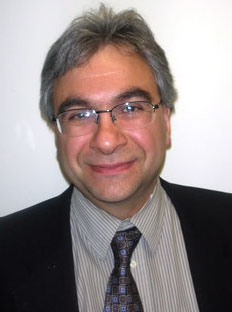The Pivoted Current Element and Diamagnetism
Year: 1987
Keywords: pivoted current element, diamagnetism, force, superconductors, electromagnetic, charge
Experimentally demonstrated Ampere tension cannot be the result of forces acting only on conduction electrons. Therefore a new model of the metallic current-element has been developed. It comprises the conduction electron and the lattice ion which jointly form an electric dipole pivoted at the lattice site. This dipole is capable of transferring mechanical forces of electromagnetic origin directly to the body of the metal, as required by Ampere's force law. With the aid of Neumann's electrodynamic potential and the principle of virtual work it is shown that pivoted current elements should exert mutual torques on each other which give rise to the induction of electromotive forces. Furthermore, the elemental mutual torques set up diamagnetic currents which have the magnetic appearance of ordinary conduction currents but do not involve charge transport. The induction of diamagnetic currents leads directly to the Meissner effect in superconductors. These currents assume the role of persistent screening currents and are accompanied by the expulsion of the magnetic vector potential and Neumann's electromagnetic potential (magnetic energy) from the interior of the superconductor. In this model the quenching of superconductivity by a magnetic field is replaced by diamagnetic saturation. The theory predicts the Meissner effect should occur in a superconducting ring surreounding a very long solenoid, that is in a region where the magnetic field is effectively zero. Hence the validity of the pivoted current-element model may be tested by experiment.


